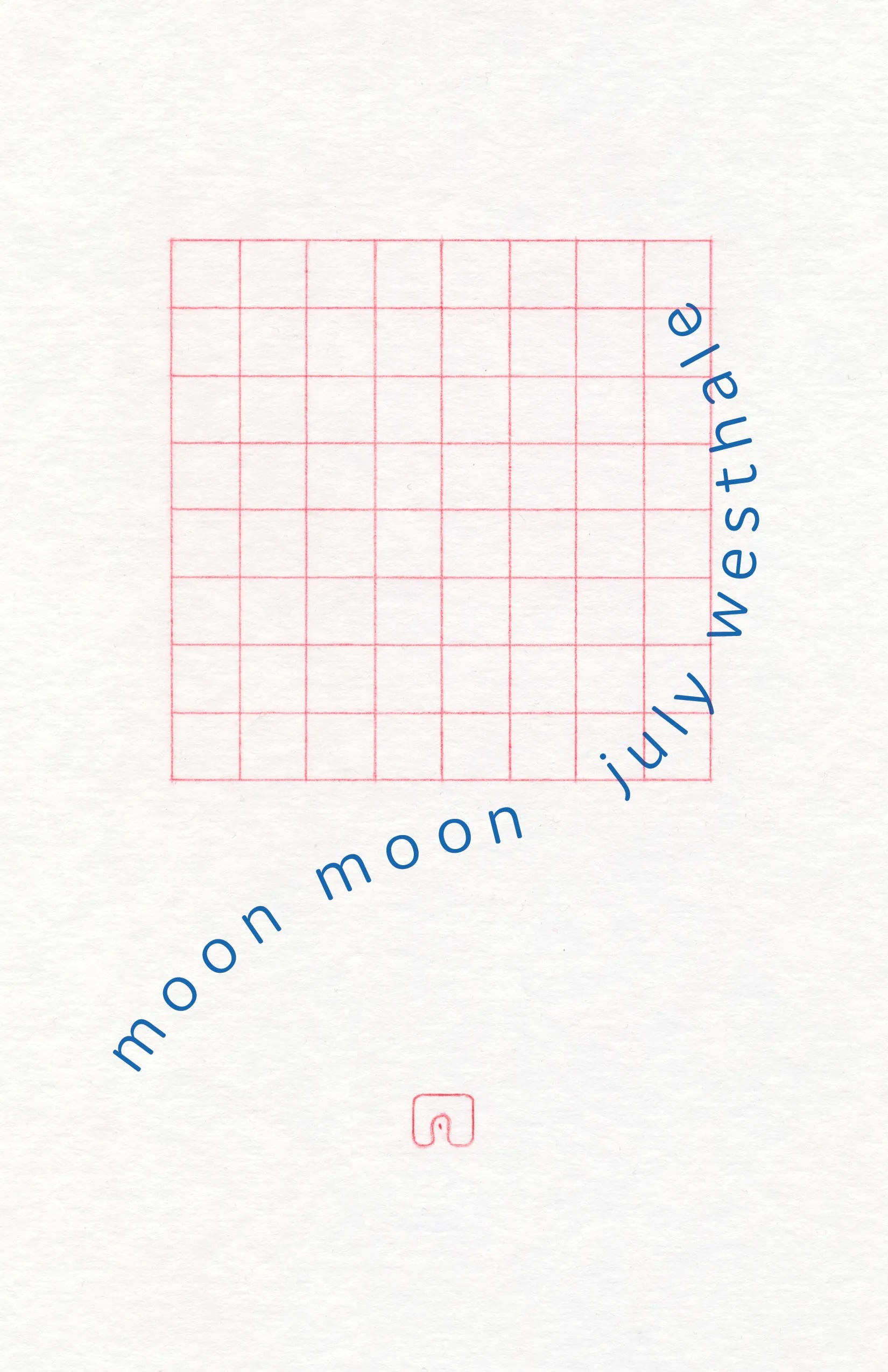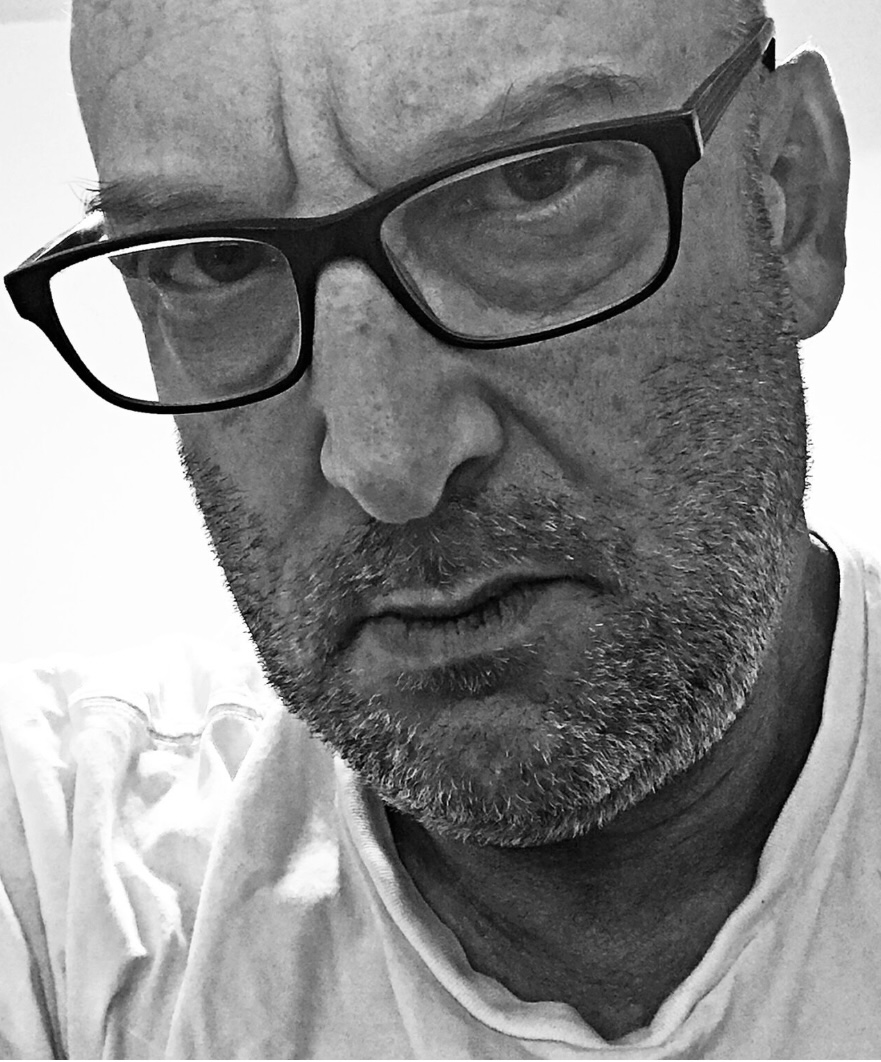MELODY NIXON interviews CARRIE TIFFANY
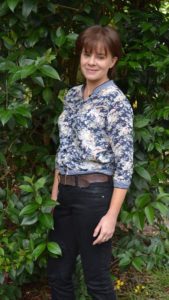
Carrie Tiffany is an Australian writer and author of the novels Everyman’s Rules for Scientific Living (2005, shortlisted for the Guardian First Book Award and the Orange Prize for Fiction), and Mateship with Birds (2012, shortlisted for the Women’s Prize for fiction, winner of the Stella Prize), as well as several short stories. Born in England, Tiffany’s work draws on the complexities of the British migrant experience in the antipodes. Tiffany talked with fellow antipodean Melody Nixon last week, on a call from Canada where Tiffany is currently teaching creative writing at The Banff Center.
Melody Nixon (MN): First of all, it’s fantastic to hear your Australian accent. As a New Zealander, I am reminded of a huge part of myself when I hear voices from the South Pacific. How much of an “Australian writer” are you? To what extent has Australia shaped your writing?
Carrie Tiffany (CT): I wasn’t born in Australia. In fact my parents migrated from the U.K. when I was six. I think there is something about arriving in a new country as a child after you have language. Australia has such a hugely different landscape: the strangeness of it, and using language to make sense of it at the time, I think really impacted on my writing. In some ways the questions in my writing — which is often to do with landscape, to do with the bush, to do so far mainly with rural communities — are about trying to figure out what this “Australianness” is. So I wouldn’t say I necessarily write from a place of knowing Australia. I possibly write because I don’t know it, and I want to know what it is.
MN: Do you write in order to feel part of a place?
CT: Yes, to feel natural in the light, the smell of [Australia], the nature, the bizarre and strange complexities of birds and plants. There’s a sense that we’re on a massive island, a huge landmass, but the human hold on it is tenuous because the birdlife and wildlife is still so evident and so rich, and so kind of vicious, too. It all puts you in a different scale with the landscape.
MN: How is coming to a place with language different to coming to a place before language?
CT: All of those sensual things of early, pre-language childhood: the sense of the length of the days, the light as it changes through the days, the sounds that are so Australian — cicadas thrumming always in the background, for example — the feeling of the strength of the sun on your skin, the glare of it… they’re things that I imagine are just within you if you’re born in Australia. But they’re startling, if you’re not.
MN: You migrated to Australia in the 70s. Your work often shows the British migrant experience. InEveryman’s Rules for Scientific Living, we see Robert struggling to come to terms with his impoverished British upbringing, and also the wildness and unpredictability of the land Down Under. To what extent have you set out to capture the British migrant experience?
CT: In terms of Australia, if you’re white, you’re from somewhere else. Only the aboriginal people have that connection with the landscape, [a connection] that goes so deep. In some ways I’m writing about my own “otherness,” though I don’t think this is necessarily linked to the U.K. I had some familiarity [with the world of Robert] through stories from my grandparents. I am from an impoverished part of Yorkshire, from a mill town. There’s a lot of unemployment, it’s an area that was hit particularly hard during the Thatcher years.
But rather than the migrant experience, I think I’m interested in knowledge. The knowledge that you might push onto a place, scientific and ontological knowledge, rather than the knowledge that comes from the place itself. I’m interested in what the flow of knowledge in one direction creates in the landscape.
MN: We see many examples of this in Everyman’s Rules: Robert tries to create order over, and to rationalize, fairly wild landscapes. Through farming he is “teaching” the landscape, the locals, and the soil itself, how to behave.
CT: Yes. The main question of the novel comes out of an experience I had when I worked in Central Australia as a park ranger many years ago. We were doing fire management for the national park. Aboriginal people used to burn small areas [to regenerate the vegetation]. Because they were nomadic, they would move through the landscape, creating fertility in different places as they went. White people used this as an excuse for taking land in Australia that “wasn’t farmed.” But of course it was farmed, it was just done in such a sophisticated and unusual way, we didn’t really understand it.
We tried to replicate the regenerative burns in the national park, and I went out with an elder [aboriginal person] one day to an area to see whether it should be burned or not. We drove in a 4WD across the desert for a couple of hours to reach the site. I got out of the vehicle on one side wearing my fancy hiking boots, with all my maps all colored in with the ages of the different vegetation, with my equipment for testing the Spinifex to see how dry it was. The elder got out the other side and he went for a walk across the bush, he was barefoot, and smoking a rollie [cigarette], and he turned to me and said, “oh yeah, she’s right love,” and he threw the rollie over his shoulder.
I had this moment when I thought: everything that I know up until this point, and everything I could continue to learn about this landscape, is actually kind of meaningless. Here’s this man who can feel whether this place needs burning through the soles of his feet. He knows how dry it is through the soles of his feet. And I will never have that kind of knowledge that is actually in my body, where my body is a tool for organic and sensual knowledge.
MN: So you wrote the novel directly from that experience, with the elder?
CT: That happened many years ago, probably twenty years ago. Until then I’d thought my way of understanding Australia was going to be through science. [That experience] was really an epiphany. Even though it was a long time before I actually sat down to write the book, those thoughts about science and the landscape were still very much in my head.
MN: This brings to mind the attempts of British colonials in New Zealand to create towns from maps they had drawn up in Britain, without knowing the contours of the land.
CT: Really? That’s amazing.
MN: Wellington is a very hilly harbor. The colonialists created a grid without reference to the land. There are streets in Wellington that run straight and then just stop, because they’ve hit a big cliff face or hill. This makes me think of the ways that our mindset – or our language, like you said – can try to impose change on the landscape.
CT: There’s a term that farmers use in Australia of being “on the land.” When they talk about farming they say, “oh, we’re on the land.” But there’s this aboriginal way of being that is “in the land.” And in fact in the [aboriginal] language that I learned a bit of, you can’t actually refer to someone without saying, with a prefix or a suffix, where they are in relation to the landscape. You can’t say, “that man over there,” you have to say, “that man on the soil,” or, “that man near the tree,” or, “that man on that hill.” In the language you can’t disconnect someone from being in the landscape. There’s no other way of referring to people. That fascinated me, and I wanted to interrogate it.
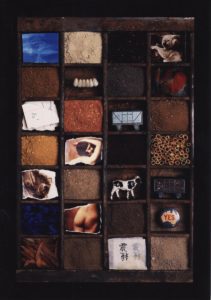
MN: That’s fascinating. Even as a kiwi, I hear so little about aboriginal culture.
CT: We have some really interesting indigenous literature, particularly at the moment. Some wonderful books by Kim Scott, including That Deadman Dance, about early contact in Western Australia between aboriginal people and whalers. Alexis Wright is a fantastic indigenous writer in Victoria, where I live, with a new book out called The Swan Book, and a book before that called Carpentaria. So there’s a real rich scene there, and I think greater interest in indigenous stories.
MN: Let’s talk about Robert in Everyman’s Rules. He’s a very unusual character, reserved, quiet, repressed, and on the surface very logical. But the novel also shows him to be deeply driven by emotion. Was that your intention?
CT: One of the things I think about writing is that, in life, we are strangers to ourselves. And I’m a stranger to myself: I act in odd ways, and often I think I’m thinking in the world where I’m actually acting out of some repetition, or repression, or some other reason that I’m not wholly aware of at the time. The subconscious is so much a part of our lives. And this is the rich thing about writing: it’s an opportunity to have both [the subconscious and the conscious minds] at once. For me, one of the attractions of reading is that you can know someone in a novel in a way that you can’t really know someone in life. Those underlying motivations, and desires, and needs, and hurts, and traumas, can be there subtly, showing the reasons why people are, when they themselves are not aware of why they’re acting the way they’re acting. The writer “seeds” this for the reader.
My particular way as a writer is to try and give as little as possible, to allow those readings to be as broad as they can possibly be.
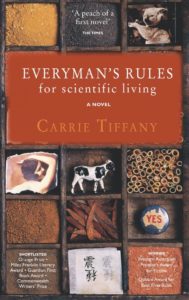
MN: Mateship with Birds was published last year, and it brought in reams of awards, including the Stella Prize, the Christina Stead Prize, and a nomination for the UK’s Bailey’s Prize for Women’s Fiction (formally the Orange Prize). Everyman’s Rules for Scientific Living also did very well on the awards circuit. How do you feel about both these novels now?
CT: With both books, whenever I have to read in public, I feel like being sick on my shoes. I just see all of the things that I think are wrong. If you could see my reading editions for both books, I’ve scrubbed out lines, I’ve rewritten sections. I know there’s a point where you have to let it go, but I think I could do better with both! Large sections of Everyman’s seem very twee. Something about Jean’s [the adult protagonist’s] voice makes it sound like she’s about thirteen all the way through. It makes my toes curl.
I’ve had to read a lot publicly, and talk publicly, about Mateship for the last six months and really, I could happily burn it. I know you’re meant to say that, but that is actually how I feel.
MN: The success of Mateship with Birdsseems very well deserved. But I wonder, how do you feel about this success? Is it something you have ever strived for in your writing career?
CT: I think when it comes to writing, all the dreaming should be about the writing, and not the awards. My first book was rejected by every major publisher in Australia before it was finally published. That, in some ways, made me quite cynical about the publishing industry. And the prize industry as well.
One of the really fabulous things about winning the prizes for Mateship this year is that there were writers on the judging panels. The thought that those writers had read my book and found it worthy is astonishing beyond belief, and I sometimes wake up in the night and pinch myself about that. The prize money itself is fabulous because it means time for writing. That’s all unexpected, and very lovely. But there are some contradictions too. There’s a sense of competition, of long listings and short listings and winning or not winning, which draws you into a kind of world that is not, I think, a natural place for anyone, but particularly for a writer. It’s also extremely time consuming. There’s a lot of speaking and interviews and in a way, of [the award] justifying itself. I’ve been pretty astonished by how involving that’s been. Very, very involving. That, of course, distances you from your work.
MN: Yes, and the prize money. How does that change things?
CT: You get the money for the book you’ve already written, but the book is done, it’s between covers, it can’t be made any better. So the money is for your next book, really, which is not yet written. The sense of expectation on the next book is a bit terrifying. I do have a greater sense of “god, I better do something good with this.” My reason for writing has always been because I wanted to write, because I needed to work something out.
MN: What are you working on now?
CT: I’m writing something that’s contemporary, and that’s not rural, which is a really big change. I’m also writing quite a lot of stories. I’ve published a few. I love writing them.
MN: For you, what are the key differences in the two forms, novel and short story?
CT: I started writing short stories, as I think most people do. I’m a huge fan of Eudora Welty, as well as Claire Keegan and John Burnside. Such perfection is required in a short story. When you read the first sentence, and then the last sentence, there’s a lot of magic and excitement in seeing how a writer is going to pull that off.
People always ask about the harder/easier question — I think that’s by the by. With a short story there’s a higher standard, because every part of it has to be right. The voice has to be right, the structure has to be right: every single piece that makes up the whole of it has to crystal together in some perfect cohesion. In a novel you can have flaws. You have more breathing space; you can head off in a tangent and then pull it back in some way. I think I’m more forgiving of novels as a reader. There’s a different sense of rhythm with a novel because you’re putting it down. In some ways I like a novel that is ambitious but flawed, rather than something that I’ve seen before but is perfect. I like it when someone “bashes off the track” a bit and tries something else.
MN: If you had to describe the short fiction form and the novel form in three words each, how would you do it?
CT: Short stories: voice, confluence, precision. Novel: voice, confluence, bloody-mindedness.
MN: Finally, you’ve written three novels, two have been published. Would you mind telling us how long you spent writing each novel? Was there an “average amount of time,” or did this vary widely?
CT: It’s difficult for me to talk about time in regards to writing novels. I don’t really remember writing my books. During the long gestation period for a book (for me four or five years) I’m involved in time in two ways – dealing with the progression of time in the book itself and actual time in my own life. I don’t bemoan not having enough time to write (I have a job and a family). Time spent thinking about the book, keeping it alive inside you, is as valuable for me as actually writing.
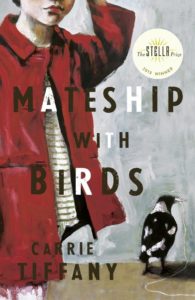
Carrie Tiffany‘s second novel, Mateship with Birds, was released by Picador in 2012.
Melody Nixon, a New Zealand-born writer living in New York City, is the Interviews Editor for The Common.
